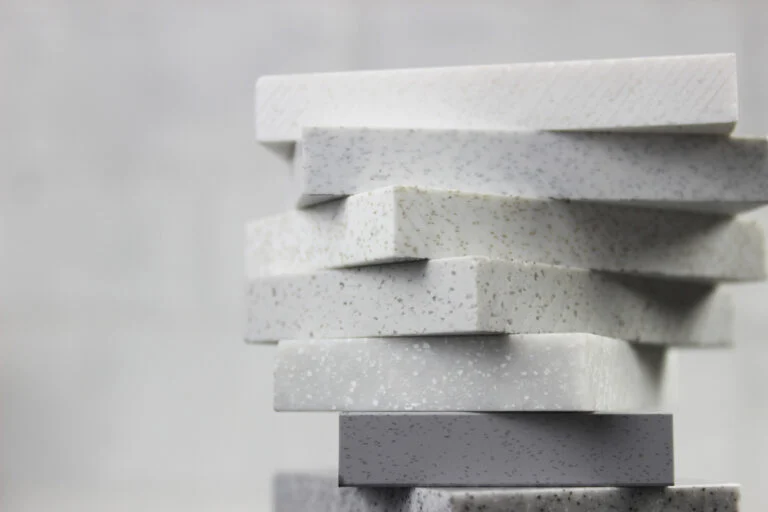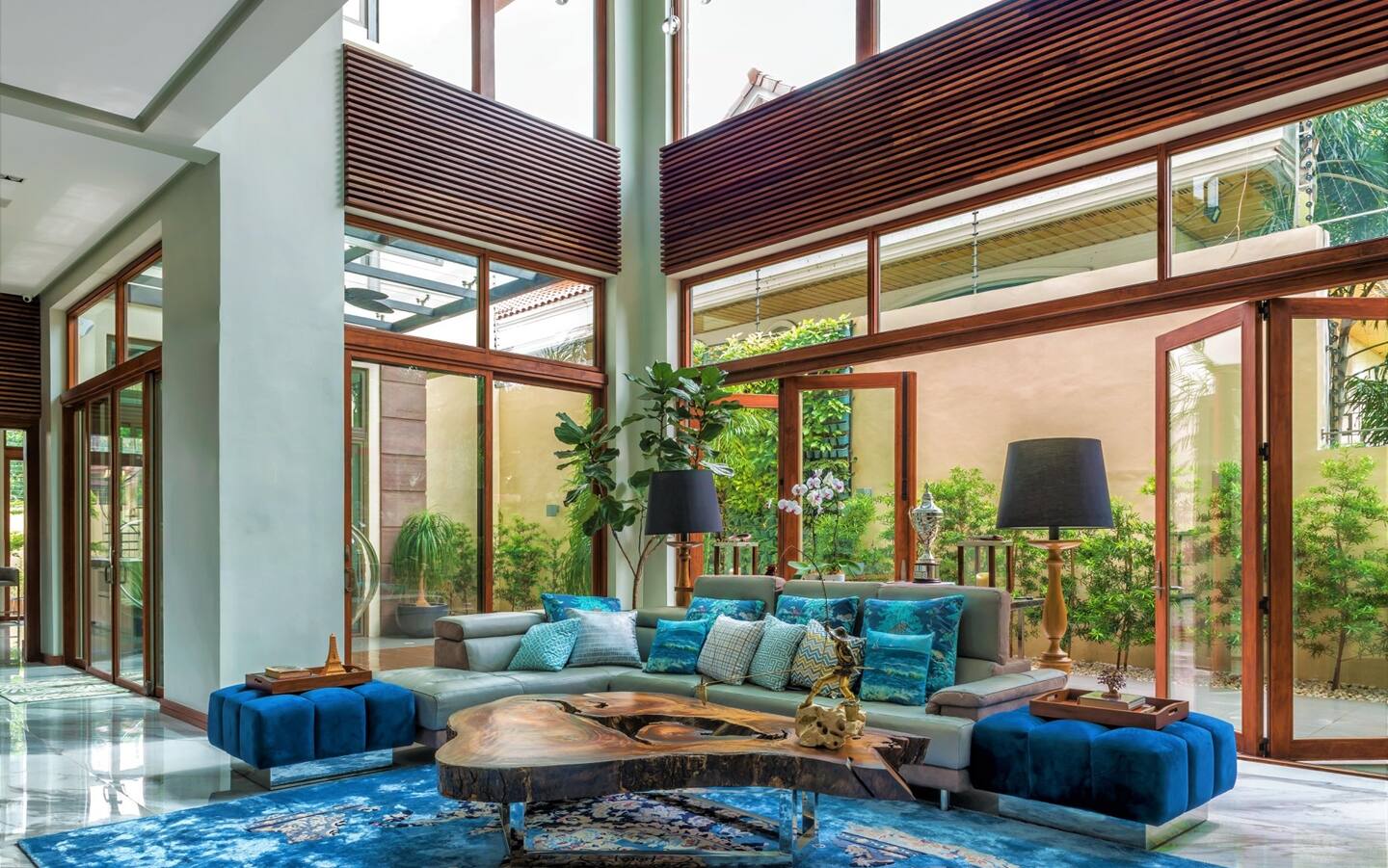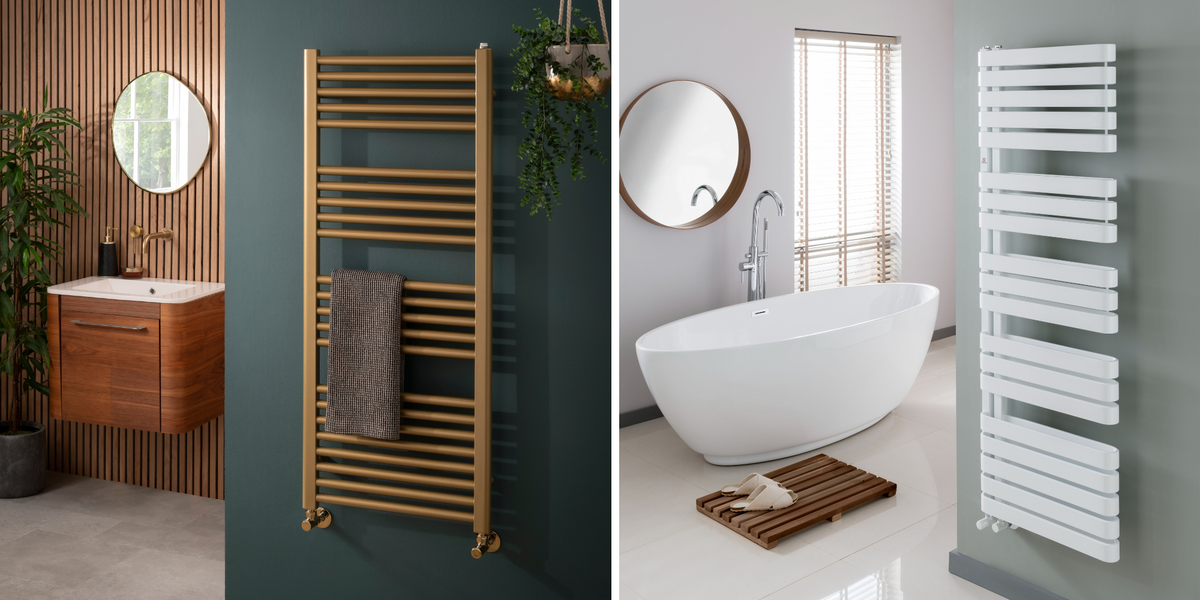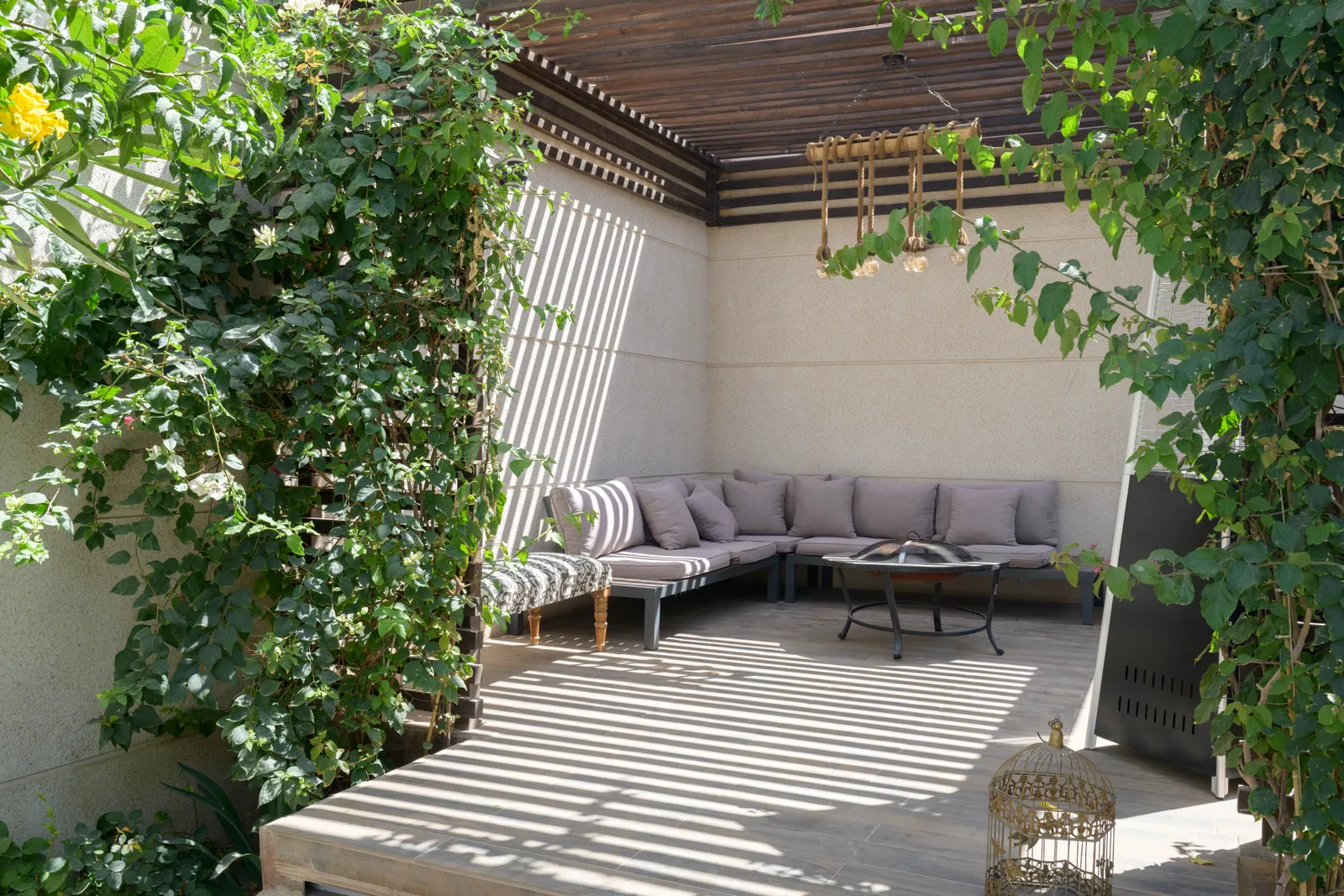Ideas for Decorating Your Living Room: A Comprehensive Guide to Stylish Interiors
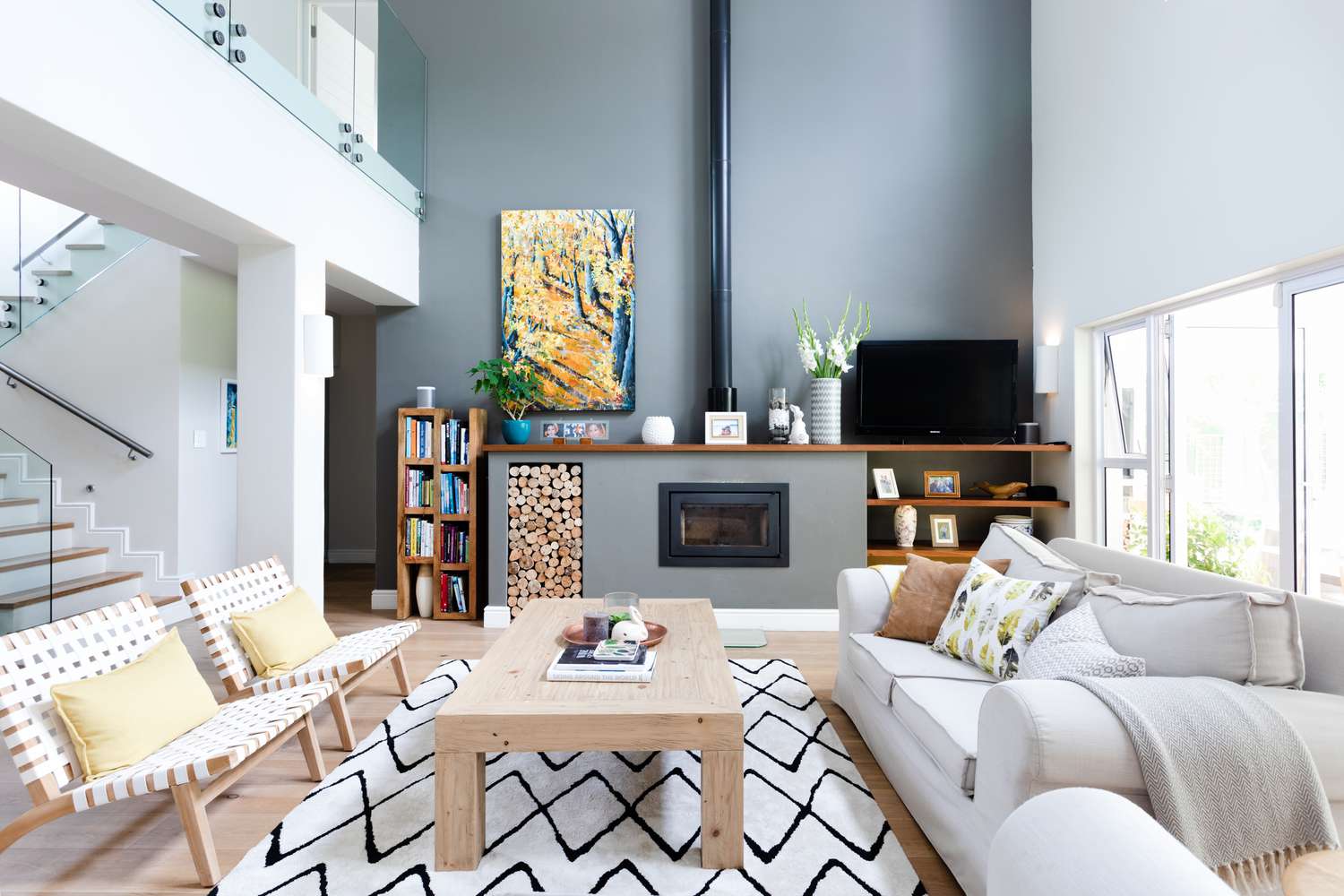
Table of Contents
Decorating a living room is an exciting and fulfilling challenge that allows you to express your personality and style. The living room is the heart of the home, a place where we gather with family and friends, unwind after a long day, and enjoy our daily lives.
Whether you are starting from scratch or looking to refresh your existing space, here are some detailed ideas to help you create a cozy, stylish, and functional living room.
1. Choosing colors
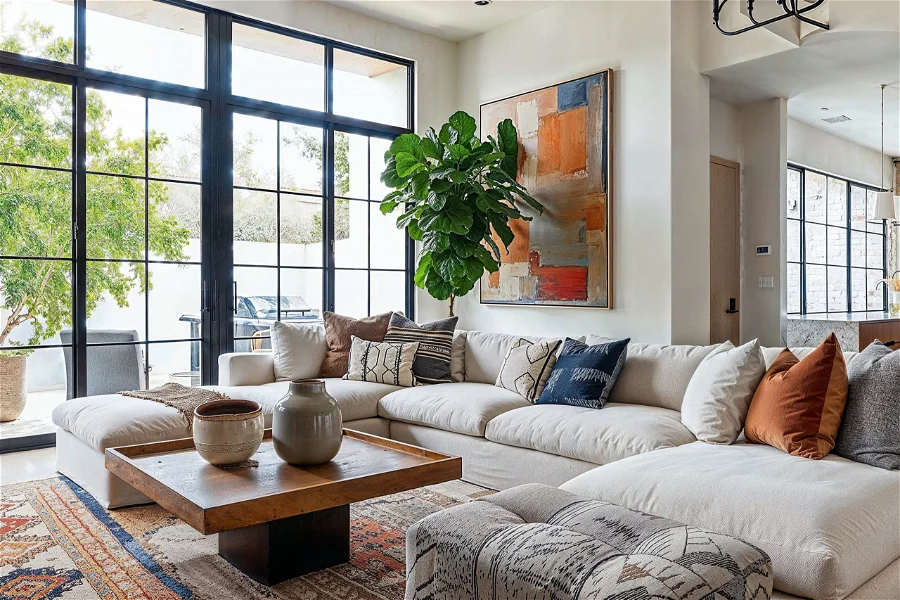
Neutral colors: Neutral colors such as white, gray, and beige form a tranquil and harmonious backdrop. These colors are versatile and timeless, making them an excellent foundation for various decor styles. Accentuate the neutral base with vibrant accessories like cushions, throws, and artwork to add personality and warmth to the room.
Earth tones: Earthy colors inspired by nature, such as olive green, browns, and warm terracotta, create a welcoming and organic atmosphere. These tones bring a sense of calm and can make the living room feel more connected to the natural world outside.
Contrasts: For those who love a bold statement, combining contrasting colors can result in a dynamic and contemporary look. Consider pairing dark walls with light furniture or vice versa. Black and white is a classic combination that exudes sophistication and modernity, while bright pops of color against a neutral background can create an energetic and lively ambiance.
2. Furniture
Functionality: When selecting furniture, prioritize pieces that are both stylish and functional. The sofa, as the centerpiece of the living room, should be comfortable and durable. Look for high-quality materials that will withstand daily use while maintaining their aesthetic appeal. Consider modular furniture that can be rearranged to suit different occasions and needs.
Style: Align the style of your furniture with the overall theme of the room. For a modern living room, opt for clean lines, minimalist designs, and sleek materials like metal and glass. In contrast, a classic or traditional living room benefits from richly decorated, ornate furniture with detailed carvings and luxurious fabrics.
Multifunctionality: Multifunctional furniture is a practical solution for maximizing space and utility. Coffee tables with storage compartments, sofa beds, and ottomans with hidden storage are excellent options that enhance functionality without compromising on style. These pieces help keep the living room organized and clutter-free.
3. Lighting

Layers of light: Effective lighting is crucial for creating the right ambiance in your living room. Use a combination of different light sources to achieve a well-balanced and inviting atmosphere. Overhead ceiling lights provide general illumination, while floor lamps, table lamps, and wall sconces offer task lighting for reading or working. Accent lighting, such as spotlights or LED strips, can highlight specific features like artwork, bookshelves, or architectural details.
Natural light: Maximizing natural light is essential for making the living room feel open and airy. Use light, sheer curtains or blinds that can be easily adjusted to control the amount of daylight entering the room. Placing mirrors strategically opposite windows can reflect light and create the illusion of a larger, brighter space.
Accent lighting: Accent lighting adds depth and dimension to the living room. Use it to draw attention to focal points like a statement piece of art, a beautiful plant, or a feature wall. Adjustable spotlights or track lighting can be directed to highlight these elements, adding drama and interest to the space.
4. Mirrors
Mirrors are a powerful tool in interior design, especially in the living room. They can enhance the sense of space, reflect light, and add a touch of elegance to the decor.
Creating space: Large mirror or mirrored walls can make a small living room appear more spacious. Positioning a mirror opposite a window will reflect the view and bring more natural light into the room, creating a bright and open feel.
Decorative elements: Mirrors come in various shapes, sizes, and styles, making them versatile decorative elements. A statement mirror with an ornate frame can serve as a focal point above a fireplace or console table. Alternatively, a collection of smaller mirrors arranged in a gallery-style display can add visual interest and texture to a blank wall.
Functional use: In addition to their aesthetic benefits, mirrors are also practical. A full-length mirror in the living room can be handy for quick outfit checks, while smaller mirrors can be used in combination with lighting to create a well-lit and functional space for tasks like reading or working.
5. Accessories and Decorations
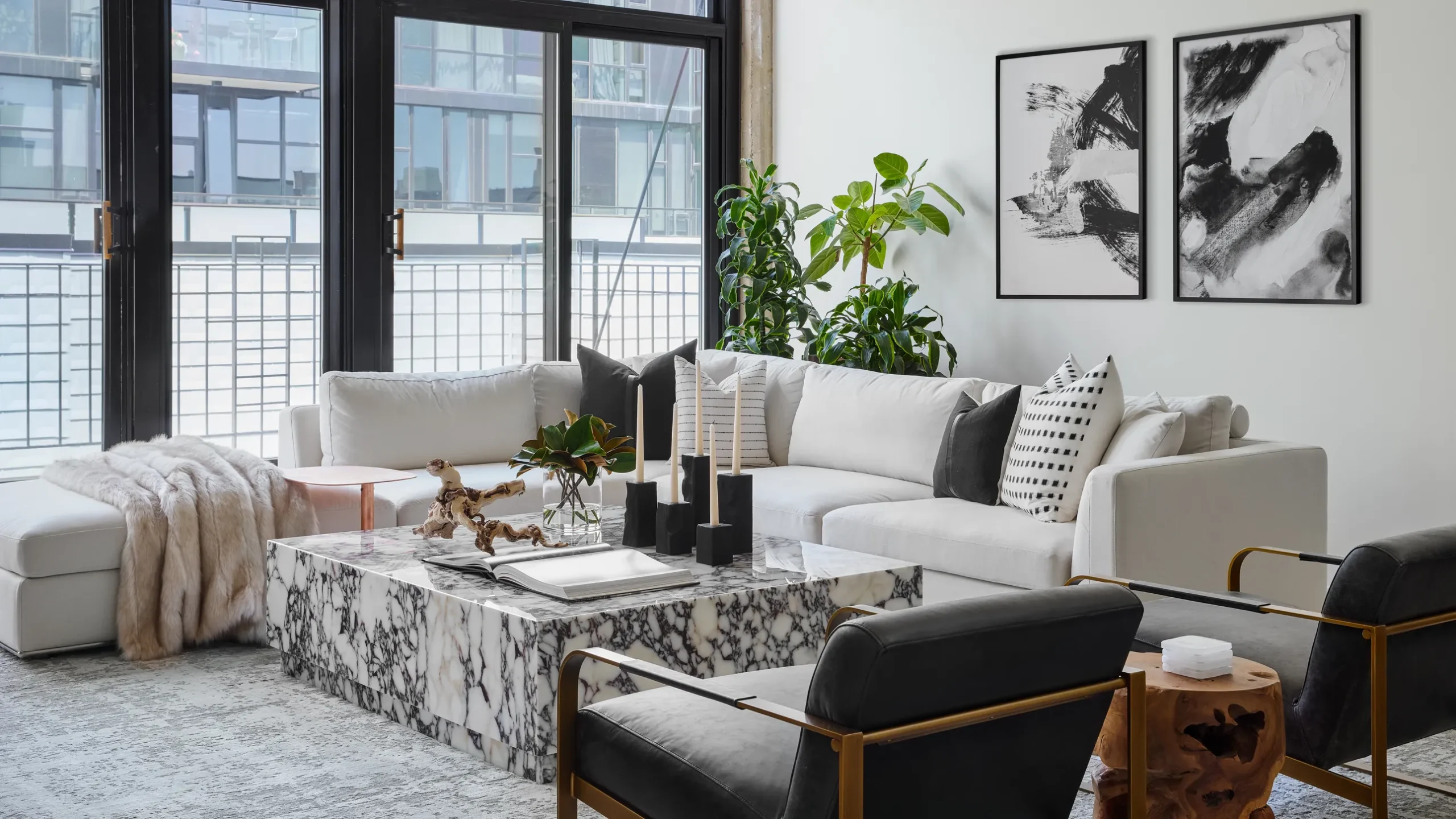
Textiles: Textiles play a crucial role in adding warmth and texture to the living room. Incorporate a variety of fabrics such as plush cushions, cozy throws, and soft rugs to create a comfortable and inviting environment.
Mixing different textures and patterns can add depth and visual interest to the space. For example, pair a chunky knit blanket with silk cushions or a patterned rug with plain upholstery.
Art: Artworks are an excellent way to personalize your living room and make it uniquely yours. Choose pieces that resonate with you and complement the overall style of the room. A large statement piece can become the focal point, while a curated gallery wall can showcase your personality and interests. Don’t be afraid to mix different types of art, such as paintings, photographs, and sculptures, to create a dynamic and layered look.
Plants: Incorporating plants into your living room decor brings a touch of nature indoors and can significantly enhance the ambiance. Plants not only add color and life but also improve air quality. Choose a variety of plants, from large floor-standing specimens to small tabletop succulents, to create a lush and vibrant indoor garden. Use stylish planters and pots to add another layer of design.
Personal touches: Personal items and sentimental pieces add character and warmth to your living room. Display family photos, travel souvenirs, or handmade crafts to create a space that feels uniquely yours. These personal touches make the room feel lived-in and welcoming.
6. Space organization
Functional zones: Divide the living room into functional zones to enhance its usability. Create distinct areas for relaxing, reading, working, and entertaining. Use furniture placement, rugs, and lighting to define each zone. For example, position a cozy armchair and a floor lamp in a corner to create a reading nook, or use a console table behind the sofa to delineate the living area from the dining or working space.
Storage: Effective storage solutions are essential for maintaining a tidy and organized living room. Use a combination of closed storage, like cabinets and drawers, and open storage, like shelves and baskets, to keep things in order. Built-in storage solutions, such as custom bookcases or window seats with hidden compartments, can maximize space and reduce clutter.
Minimalism: Adopt a minimalist approach to avoid overcrowding the living room with too many decorations or furniture pieces. Focus on quality over quantity, and choose a few standout items that make a significant impact. A minimalist design can create a serene and elegant atmosphere, allowing each piece to shine and contribute to the overall aesthetic.
Decorating your living room is a rewarding process that allows you to create a space that reflects your personality, meets your needs, and provides comfort and enjoyment.
By thoughtfully choosing colors, furniture, lighting, mirrors, and accessories, you can transform your living room into a stylish and functional haven. Use these ideas as inspiration to craft a living room that is not only beautiful but also a true reflection of your unique style and lifestyle.

